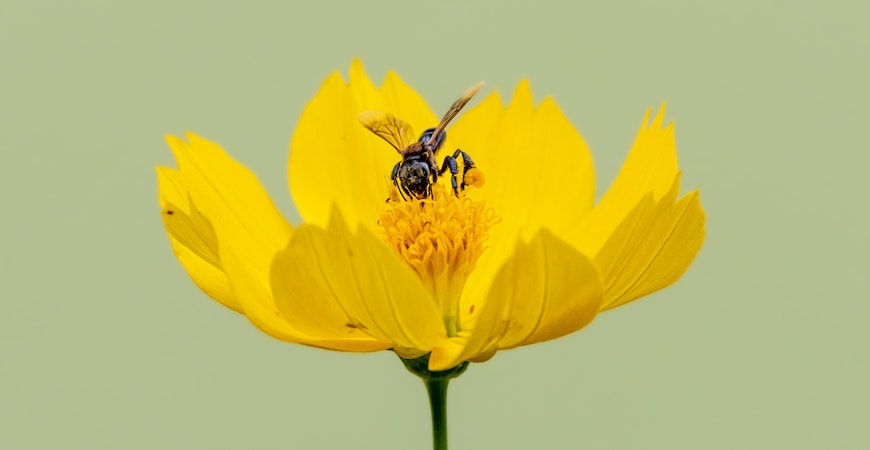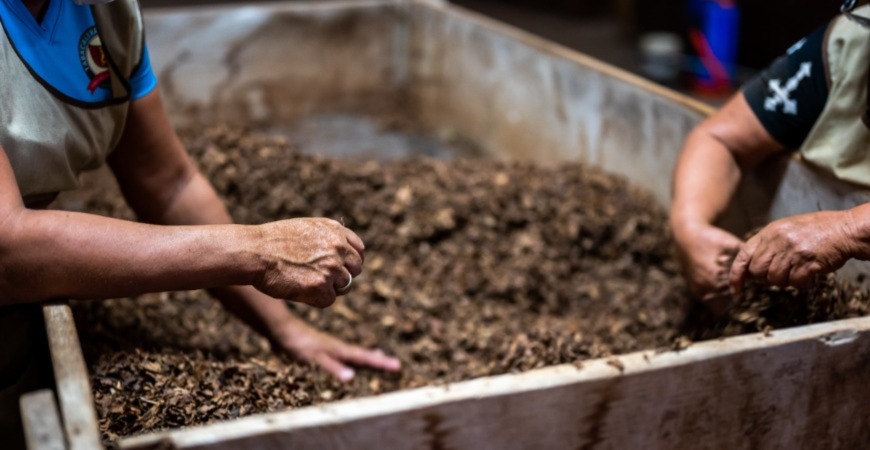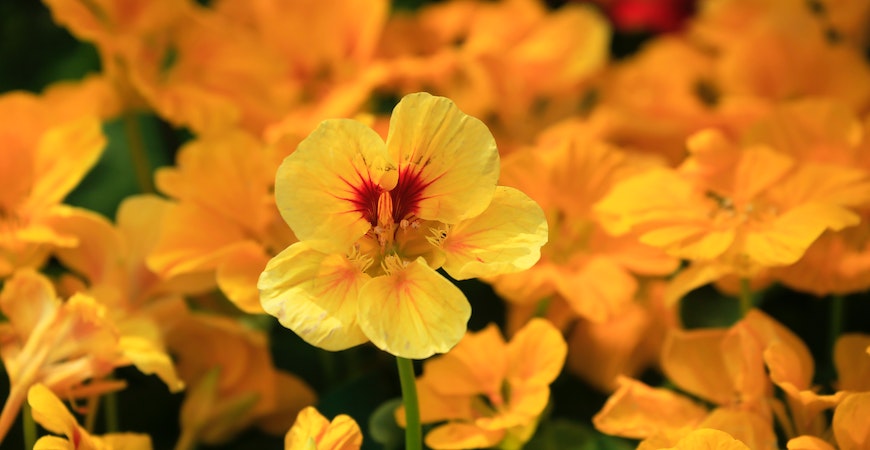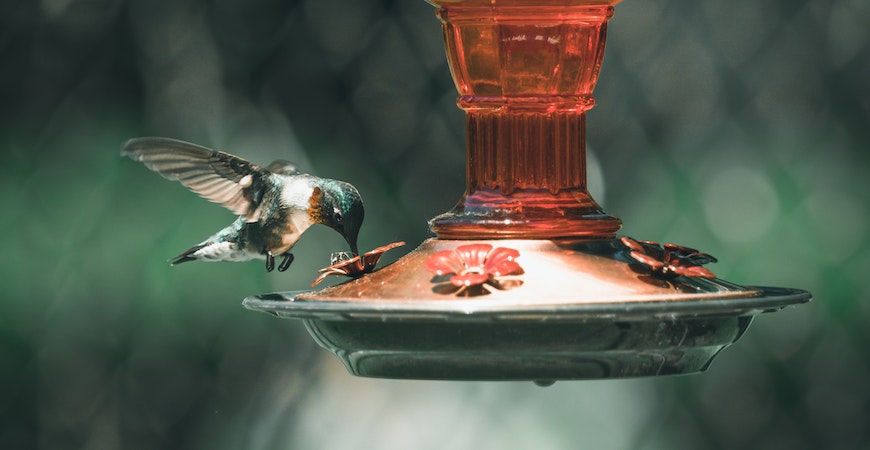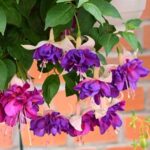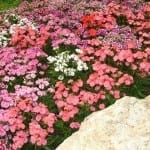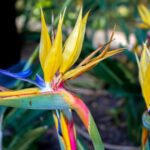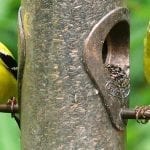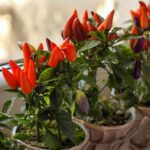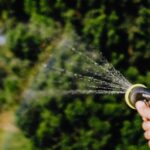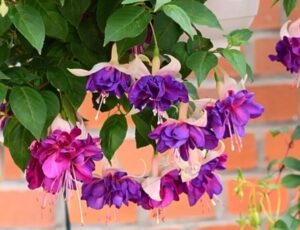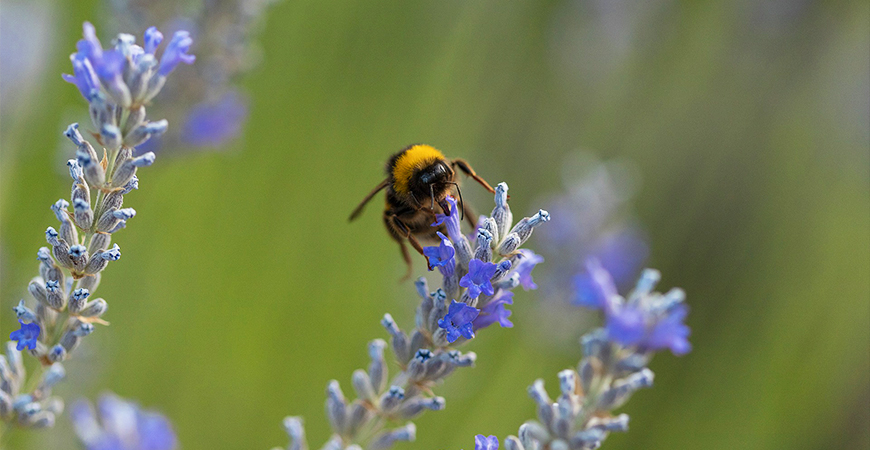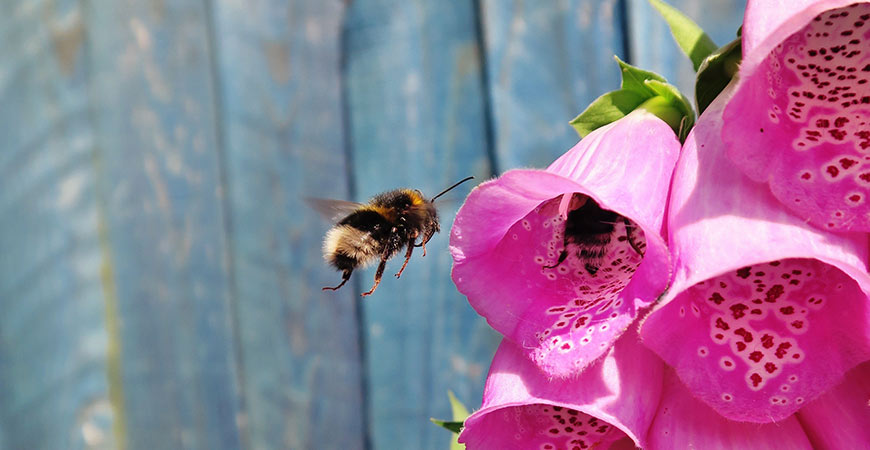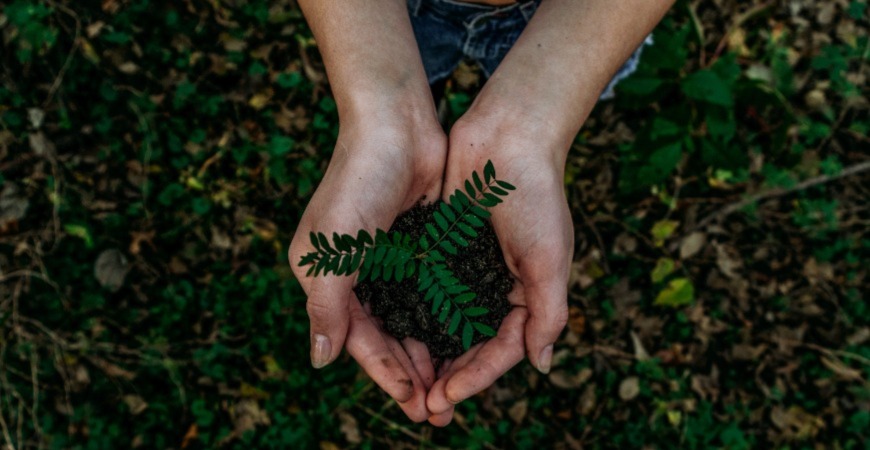
Celebrate Earth Day With These Gardening Activities
Earth Day is fast approaching. But what exactly does this day honor, and how can you take part in improving your garden, yard, or the planet itself?
To help, we’ve gathered some of our favorite Earth Day activities to show that participating is easy and beneficial to the world around us. And for those unfamiliar with the day, we also offer a brief history of this important date.
What is Earth Day?
Earth Day 2023 takes place on Saturday, April 22nd, and marks the 53rd anniversary of the first celebration. And that first holiday was quite a success — 10% of the country’s population participated in the activities.
Initially, the day was one of protest. Widespread concerns like air and water pollution, as well as the effects of pesticides, served as the focus of these protests.
Today, Earth Day isn’t entirely different. However, instead of active protest, many people use the day to improve their local communities and environments.
Some pick up litter, and others may spend the day planting trees or plants. And there are even things you can do in your garden that celebrate and honor the day.
Of course, contributions to our local communities shouldn’t be limited exclusively to Earth Day. But whether you’ve participated in these activities before or not, this date marks an excellent time to take steps to improve your local environment.
Grow a Pollinator Garden
Pollinators are perhaps the most essential ingredient in healthy, vibrant gardens and public green spaces. Without pollinators, it’s difficult for pollen to spread and for plants to reproduce.
This relationship is mutually beneficial. Plants that attract pollinators — such as bees, butterflies, hummingbirds, and even bats — offer food and sustenance to these creatures.
So, growing a pollinator-friendly garden is one of the most effective Earth Day garden activities you can participate in.
To attract pollinators, consider these plants in your Earth Day garden:
- Asters attract birds and butterflies and range in color from deep purple to pink to white.
- Bee balm attracts bees, butterflies, and hummingbirds and thrives in full sun everywhere except the south, where they need afternoon shade to prevent burning.
- Blanket flowers attract a variety of bee species and produce daisy-like flowers that typically fall somewhere in the red-yellow-orange color spectrum.
- Butterfly weeds attract butterflies and are drought-tolerant.
- Lantana plants attract butterflies and hummingbirds and work best in coastal regions with lots of heat and humidity.
- Lavender attracts bees, beetles, butterflies, and moths, and their fragrant nature repels common pests like flies and mosquitoes.
- Peruvian lilies attract bees and hummingbirds and add a distinct, freckled look to any garden.
- Sunflowers attract bees and butterflies and are popular, beautiful additions to any garden.
- Zinnias attract bees and butterflies and don’t require much maintenance to thrive.
Start a Compost Pile
Another Earth Day gardening activity that helps both your garden and the environment is composting. Composting boosts soil fertility, helps landscape drainage, and keeps things from being dumped in a landfill.
Additionally, composting is easy. You likely have everything you need to start a compost pile, and if you don’t, a quick stop by a home improvement store to pick up a three-bin compost system.
Then place the bins in a sunny spot that drains easily. That’s really all you need to get started.
Once set up, start dumping organic material — like coffee grounds, grass clippings, food scraps, leaves, and twigs — into the first bin. Every couple of weeks, aerate the bin by running a rake through it.
Adding a little water can help keep the composting materials moist. Covering the bins with plastic can trap the necessary warmth closer to the pile and prevent it from drying out.
If you’re struggling to get your compost pile going, follow some of our troubleshooting tips:
- Break up leaves and twigs so that they can break down quicker.
- If your compost pile isn’t hitting its target of 60 degrees Fahrenheit, add more nitrogen. (E.G., coffee grounds, grass clippings, food scraps, and manure.)
- If your compost pile gives off a funny or unpleasant odor, add more carbon. (E.G., leaves, newspaper, straw, and woodchips.)
- Don’t add meat or dairy products to the pile as they attract pests and can upset the delicate balance of materials composting.
- Adding crumpled paper, egg cartons, and torn cardboard can add fiber and help create necessary air pockets.
Plant Wildflowers
Planting a new wildflower garden can help you honor Earth Day 2023 in two ways.
First, wildflowers help attract pollinators. Second, they don’t require harmful pesticides to thrive.
When starting a wildflower garden, it’s generally best to stick to flowers native to your area. Native wildflowers generally don’t need as much maintenance to thrive.
And if you’re looking for inspiration, here are some of our favorite wildflowers to add to your Earth Day garden:
- Black-Eyed Susans are perennial wildflowers that need an initial burst of weekly watering to help their roots establish themselves in the soil.
- Cosmos are drought-tolerant plants with daisy-like flowers. They typically grow best in full sun and when sheltered from strong winds.
- Nasturtiums thrive in low-nutrient soil and are a common addition to many Thai dishes due to their mild, peppery taste.
- Sweet Williams like sunny locales with well-draining soil. Their clustered blooms run the gamut from red to pink to white.
As mentioned earlier, sunflowers and zinnias are wildflowers known to attract specific pollinators, too.
Invite Birds to Your Backyard
Birds are pollinators, secure your garden from pests, and are beautiful to look at. That makes inviting them to your backyard another fun and beneficial Earth Day activity.
Fortunately, there are quite a few ways to make your garden more inviting to these flying wonders:
- A bird feeder will provide nutrition and sustenance. And building a simple bird feeder can be an excellent way to involve your whole family in celebrating Earth Day.
- Bird baths offer water and a place to clean themselves. (Make sure to clean the bird bath regularly, too.)
- Nesting supplies, such as fabric, string, and twigs, make it easier for birds to establish residence in nearby trees.
- Planting wildflowers and other plants and trees that attract pollinators will entice birds to visit and aid in plant reproduction.
Celebrate Earth Day 2023 with a Variety of Gardening Activities!
Earth Day, ideally, is spent outside and helping your local community. And with our list of favorite Earth Day gardening activities, it’s easier than ever to contribute and make our planet a better place.
For more ways in keeping your garden thriving and beautiful, bookmark AskWetAndForget.com

